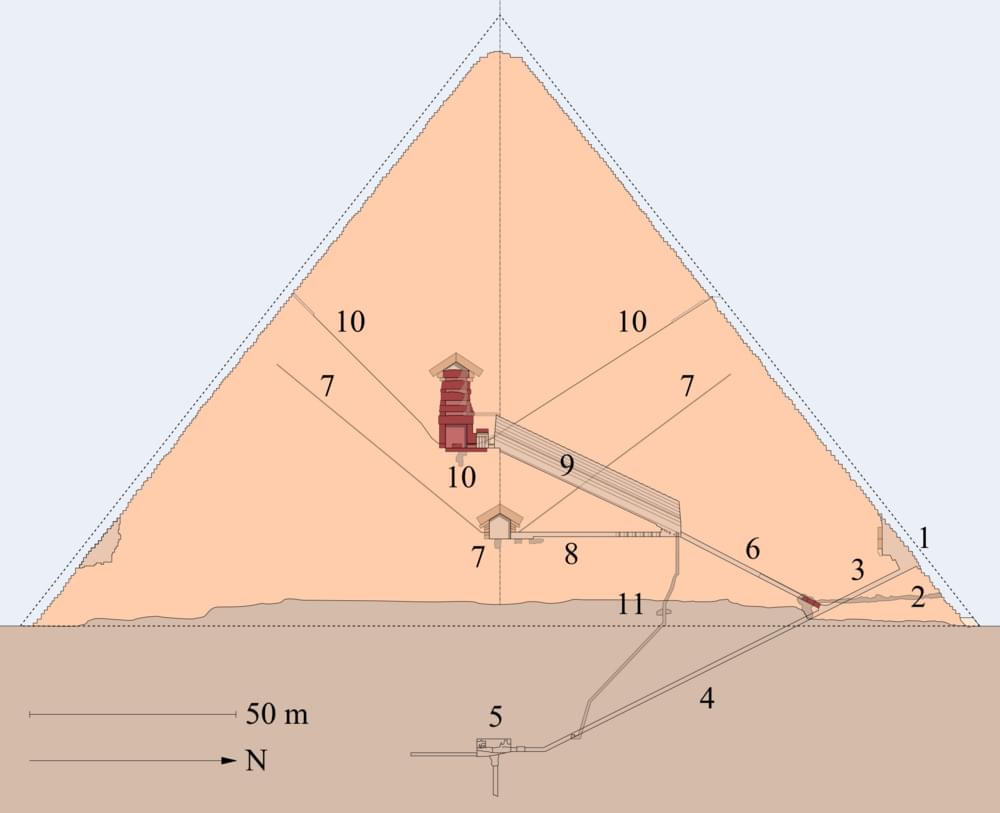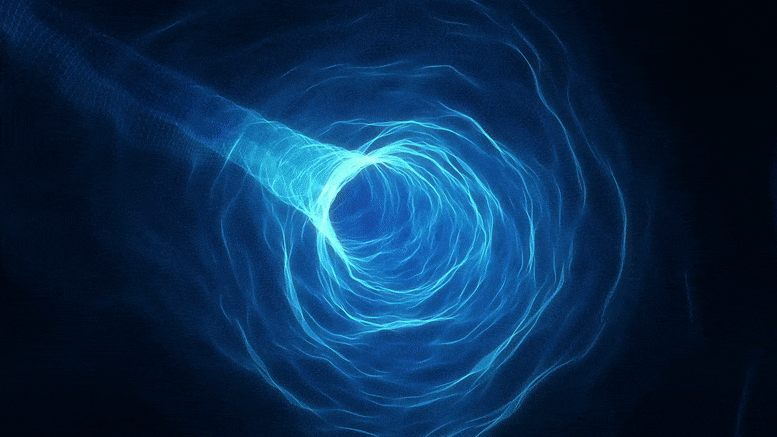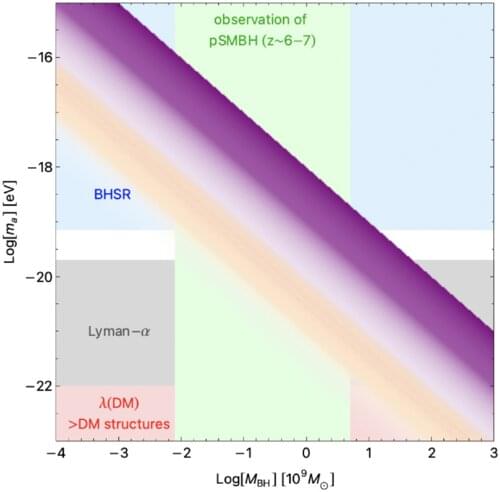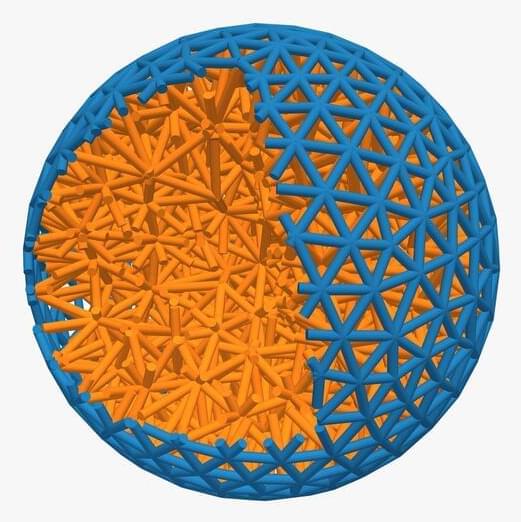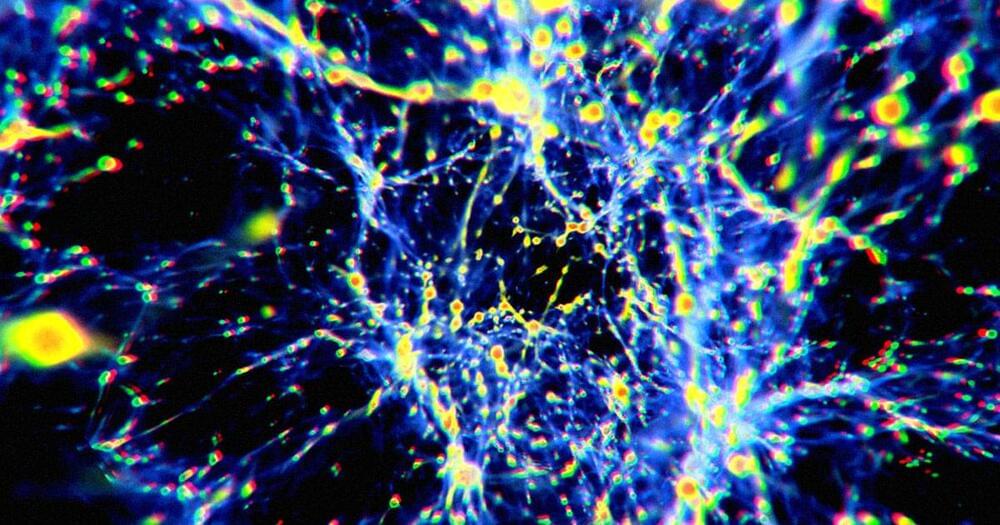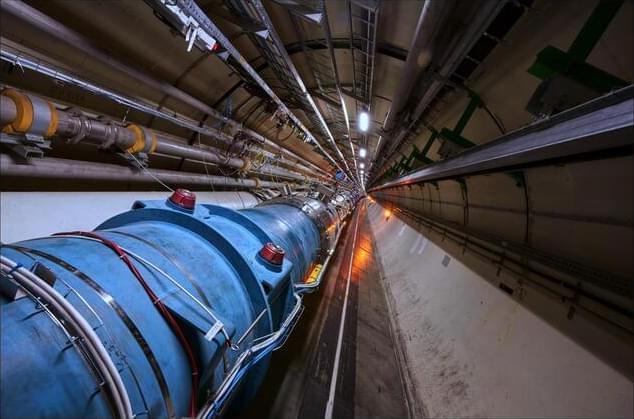The Great Pyramid of Giza might be the most iconic structure humans ever built. Ancient civilizations constructed archaeological icons that are a testament to their greatness and persistence. But in some respects, the Great Pyramid stands alone. Of the Seven Wonders of the Ancient World, only the Great Pyramid stands relatively intact.
A team of scientists will use advances in High Energy Physics (HIP) to scan the Great Pyramid of Khufu at Giza with cosmic-ray muons. They want to see deeper into the Great Pyramid than ever before and map its internal structure. The effort is called the Explore the Great Pyramid (EGP) mission.
The Great Pyramid of Giza has stood since the 26th century BC. It’s the tomb of the Pharoah Khufu, also known as Cheops. Construction took about 27 years, and it was built with about 2.3 million blocks of stone—a combination of limestone and granite—weighing in at about 6 million tons. For over 3,800 years, it was the tallest human-made structure in the world. We see now only the underlying core structure of the Great Pyramid. The smooth white limestone casing was removed over time.
